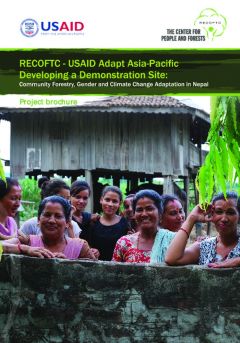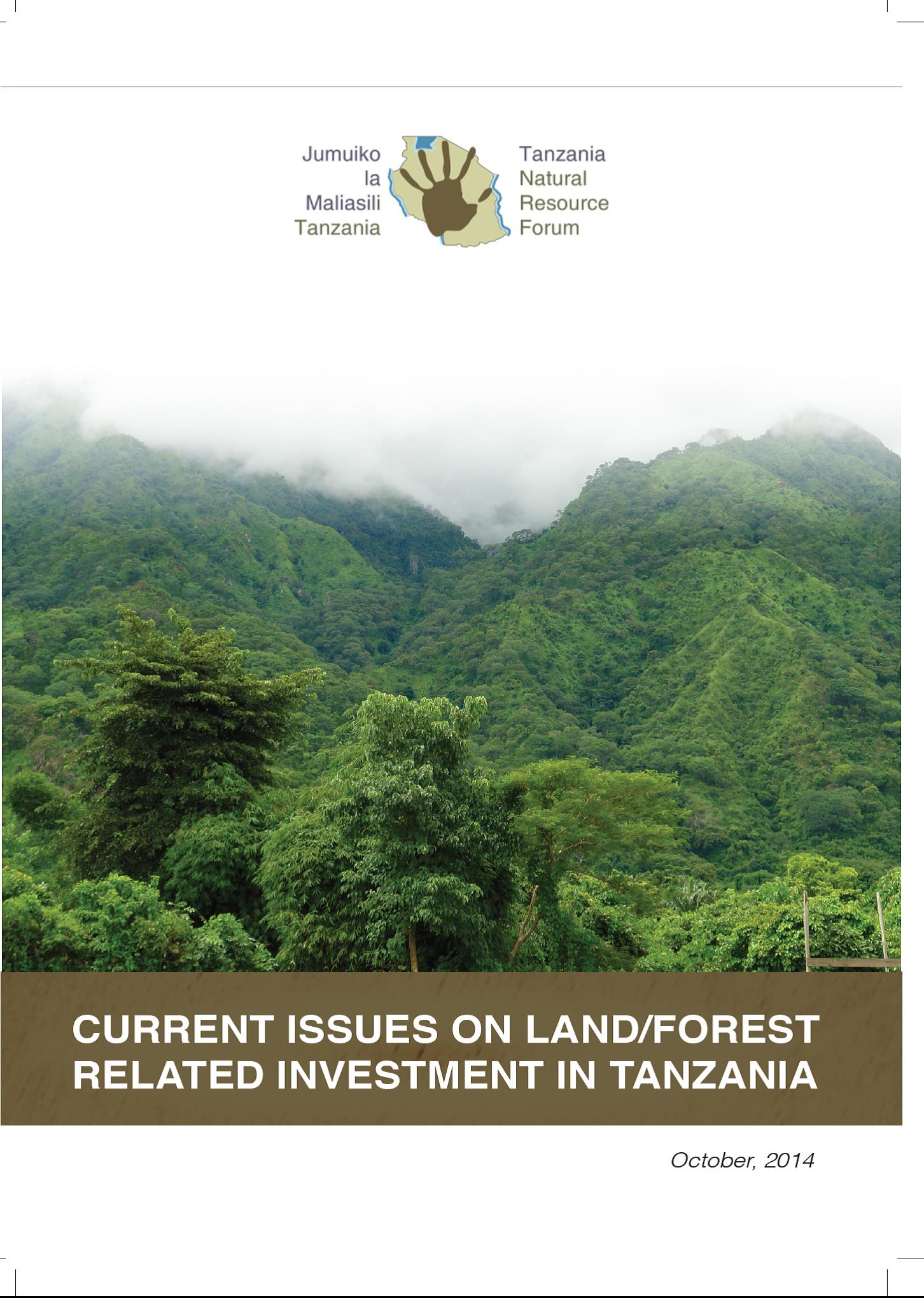RECOFTC - USAID Adapt Asia-Pacific Developing a Demonstration Site: Community Forestry, Gender and Climate Change Adaptation in Nepal
RECOFTC - The Center for People and Forests with support from USAID Adapt Asia-Pacific are working to empower local women in the village of Bishnupur, Nepal to take climate action into their own hands and protect their community's vital forestry resources.





